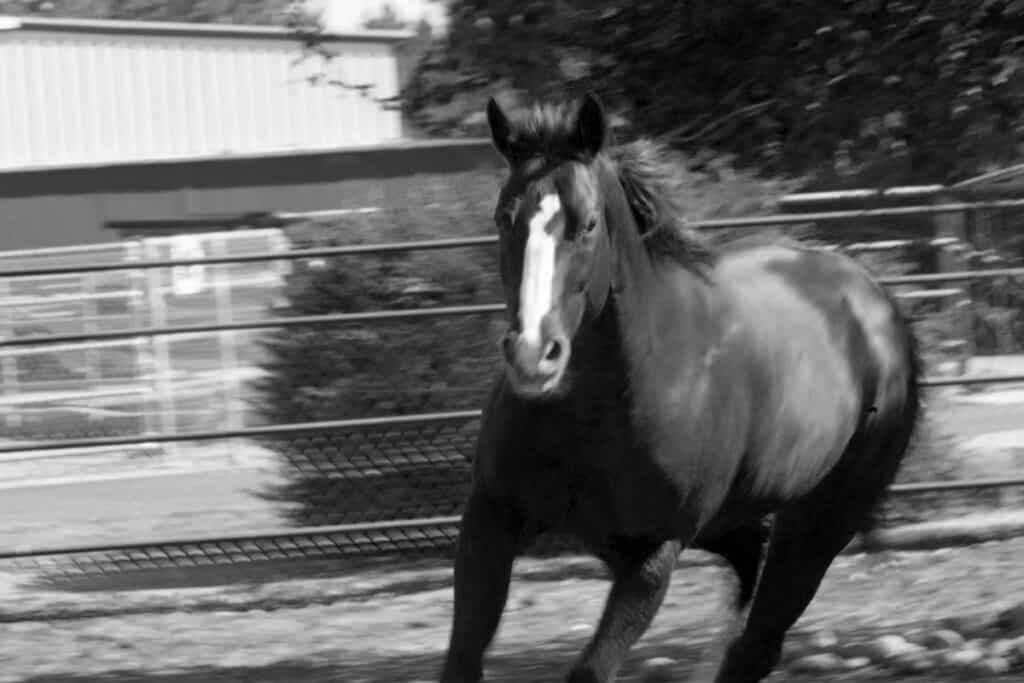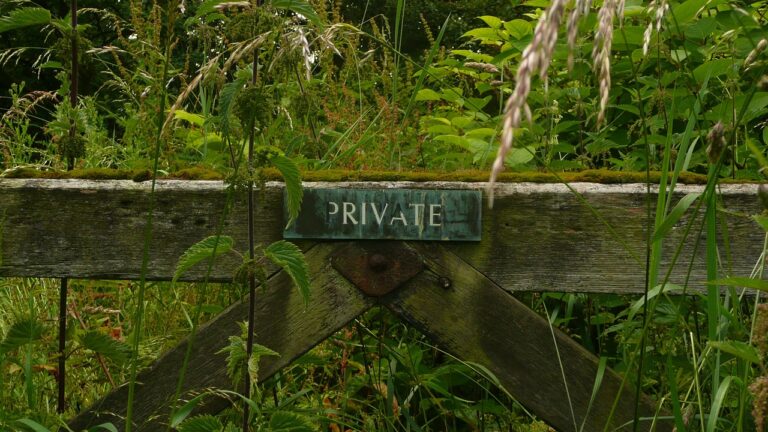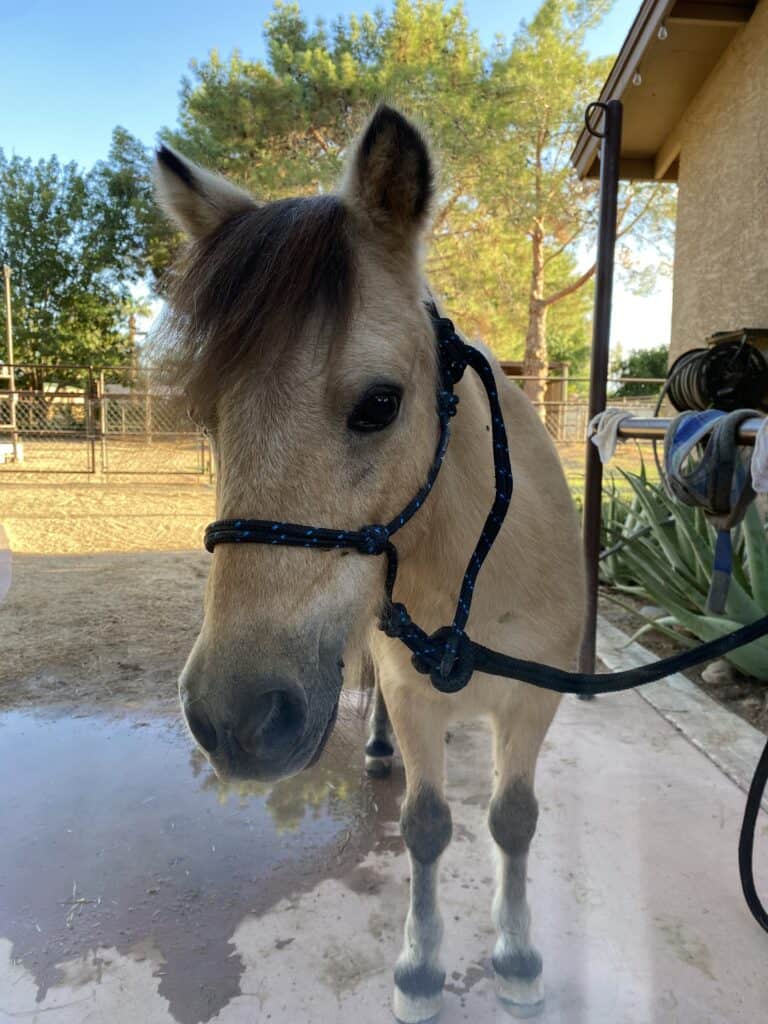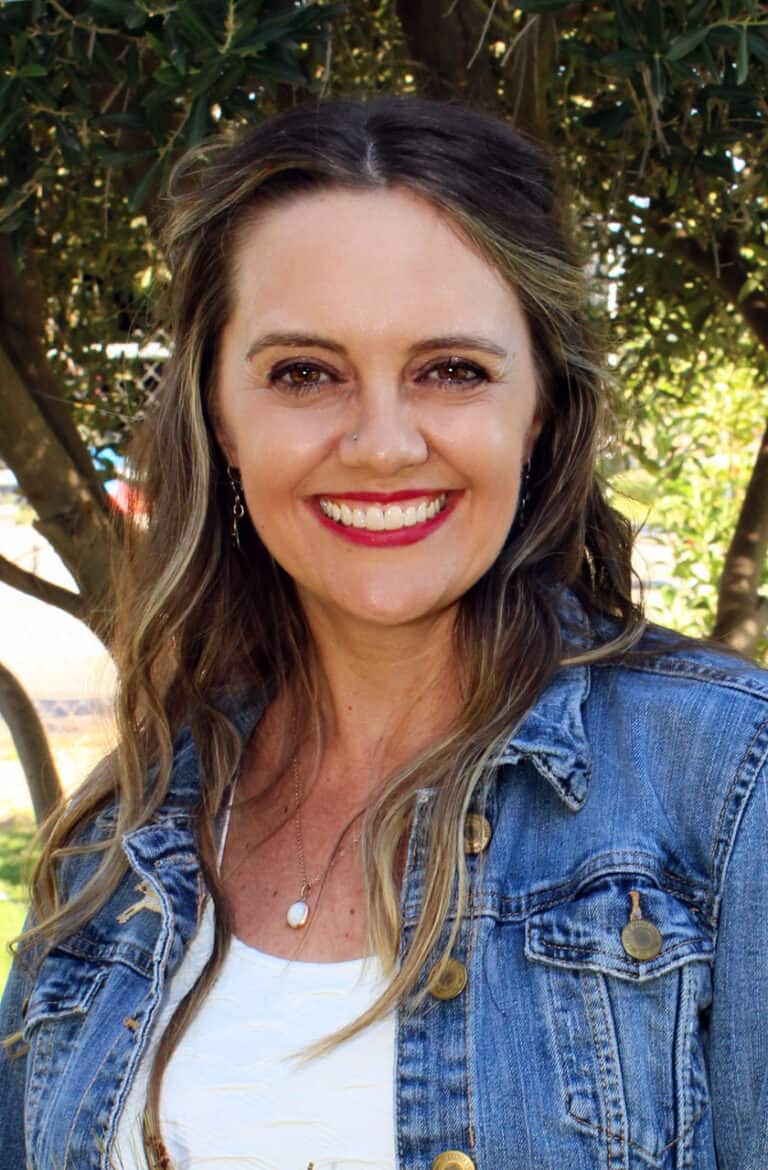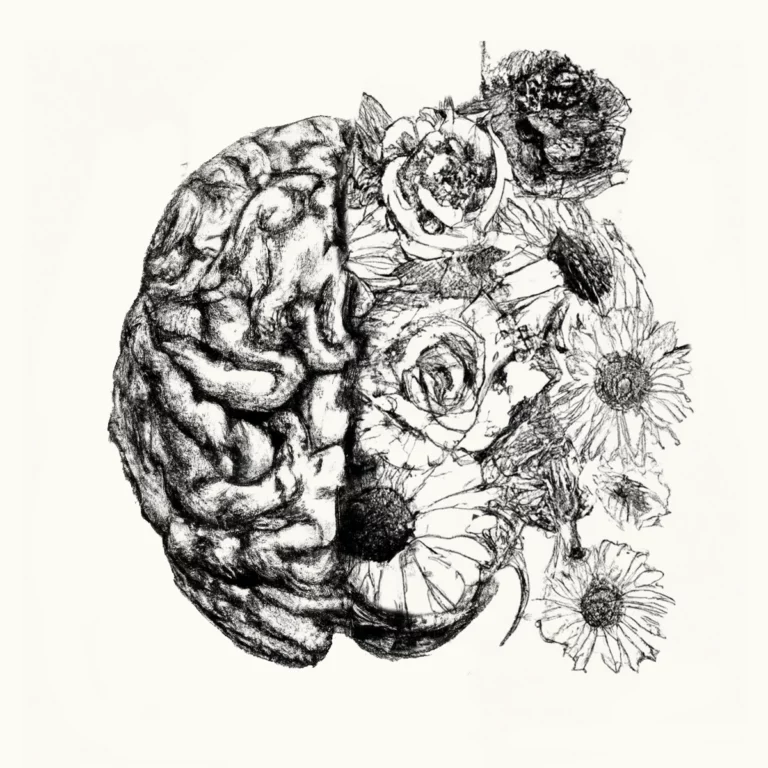Before what happens, there’s a moment, a sense, an intuitive hit, some kind of primal awareness that something is amiss. I can sense it to my left, as I walk with my husband, Bryon, through the parking lot. He’s on my right side, where I often map him to be. But I also sense that there is “something” “out there” on the outskirts of the periphery. I don’t sense the what, but the where, is clear to me, to all of me. Unbeknownst to my conscious mind I’ve also tracked the exit, as I find myself pulled to the right, and even before I register it, I’ve moved. The magnetic pull to the right is as if a tractor beam pulls and stretches my side body away from my core. I now stand a few feet to the right, on the other side of the street. This change in position has allowed me to avoid walking directly in line with the threat I eventually realize is to my left.
Bryon, too, has moved further away, and to my right, also pulled away from our shared forward position as if some cartoonish shepherd’s hook has yanked him just beyond the right edge of my visual field. I glance to my left and out of nowhere, now stands the male stranger, his face appearing haunted and tight, his lips pursed, his breath shortened and raspy. Peering his eyes upwards, he gazes up at us, all while his body torques downwards. His energy exudes a coyote-like quality, poised to strike, and focused on tracking prey. In those fleeting milliseconds, we somehow managed to evade him, even before we were consciously aware of the threat.
“Did you feel that?” I ask Bryon, my voice squeaky and raspy as I struggle to breathe through the tumultuous waves of my uneven breath.
“Yes, yes, I did. That was creepy.”
We can’t walk fast enough to create more distance, to lengthen the flight distance. Having moved before even knowing we had, deep within us, we had both sensed the threat and the exit. It was what happened before the defensive action of our moving away from him, happened. It wasn’t the moment of moving alone, but rather what happened before the defensive action of moving, that struck us the most, the lack of thought. Our deep survival brains triggered us to move even before our thinking brains were fully engaged, and so as animals, we naturally responded as such, for survival, and before trouble was upon us.
Upon reflecting on our most challenging experiences, we may realize that we missed crucial moments right before the trouble struck. There were indications in the sequence of events that led up to the trouble in the first place. That said, it can be a steep learning curve, as an example, horse folks like myself, often learn after numerous setbacks, that it’s not the trouble we got into that was the most important stand-out moment, i.e., the fall, the spook, the flight. Those things might “look” like the trouble, but the fact is that there were indicators way before what occurred. And, one of the many things I see over and over again in those who have taught me the most in my horsemanship journey comes the greater capacity to be able to prevent trouble before it comes. For so many years, I had focused on trying to get myself “out of trouble with horses” that I had forgotten to pay attention to those nuances, those tells, those micro-moments that would cue me that trouble was already breathing down my neck.
The ear flick. The breath change. The head turned away. It all means something, and it is a message to pay attention to that something before that next thing happens. Any trouble that came was more likely “bigger” and “louder,” because the horse’s subtleties of communication were not being attuned to. And by the time the trouble had occurred, it was already too late. In my lack of awareness, I would find myself having to manage the “big” moments with horses, when “things got western” because I was too late. I had missed a subtle nuance of what came before it, what was building, and as a result, would find myself chasing after the proverbial past. My growth occurred when I began to notice the subtle nuances of events unfolding even before trouble came. I was able to relate to my horses in a quieter, more mindful, nuanced, and subtle manner. As a result, my horsemanship underwent a profound transformation, which naturally had an impact on other aspects of my life. Horsemanship is how one lives one’s life, and how one lives one’s life is one’s horsemanship. There is no difference.
With all of this in mind, over the years of providing consultation to both new and seasoned therapists, I’ve noticed that there can be recurring themes, regardless of the clinician’s chosen approach. As if a school of fish instinctively swims in a synchronized formation, inclined to move in a coordinated manner, unbeknownst to them, consultees will also do the same, uniting around shared themes, even without realizing that this is their shared experience. And, as is my usual approach, I prefer to find ways to teach concepts that reach consultees “from the bottom up” rather than “top down.”
Lately, I’ve been having conversations about the significance of Ray Hunt’s concept and quote, “what happened before what happened happened.” (Alongside Tom Dorrance, Ray Hunt can be easily identified as one of the grandfathers of natural horsemanship.) Whether it’s EA-EMDR, DBR, or EMDR, I’ve been encouraging those who consult with me to consider how his concept of “what happened before what happened happened” can also be applied to the clinical world, not just horsemanship.
If it’s DBR therapy, the key is mapping out the AS (Activating Stimulus) with a discernment about the crystal-clear moment when the threat was first discerned, albeit this is not the thinking brain’s awareness of it. It’s not the thought. It’s not the defense. Rewind. It’s, more often than not, the intuitive hit, the “knowing before you know.” Rewind even a hair’s width back, and it’s the walking into the parking lot and sensing that threat to the left. It’s just sensing the “vibe.” It’s the atmosphere you could cut with a knife. Just like the “I just sensed I had to get off the horse, before I knew why,” which came even just a millisecond before the “ear flick,” which came before the rapid spin to the right. Don’t be afraid to break down the intricacies of a moment in time, for if we don’t, we run the risk of putting our client’s nose right into PAG, right from the get-go. Then, the proverbial horse has left the barn, and we are chasing down the defenses, because the sequence went too fast, and because we actually set it up that way in the first place. It’s like wondering why the horse “blew up” while being saddled, because the tightness in his ribs and the restriction of his breath weren’t noted, first. That’s the subtlety of grabbing that moment when the deep brain senses even before what “happened.” Take time to find it.
Similarly, for EMDR, there are important subtleties of knowing “what happens before what happens” that mean everything, especially to the client who is getting hijacked by a dissociative process that blocks the processing. For those working with EA-EMDR or EMDR it’s a similar noticing. Noting the moment right when the client is processing and something kicks in to “distract,” “shift,” or block processing. If we miss it, we find that our client can be overrun by the disturbance, and go into reliving. If we are late, processing stops, and we and our clients can feel stuck. Therefore, the key for EMDR therapists, especially those who are informed by the theory of structural dissociation, is to be able to identify the subtleties and to help our clients also be better able to mentalize as well as to discern those shifts, those nuances, within their systems. To then, respond as opposed to “react.”
But there’s even more to it, of course. It’s not just about the “what happens before what happens” in our clients, but also ourselves. In addition to our external experience of observing “what happens before what happens,” there’s also our internal experience. What transpires before our emotions and defenses occur? What precedes the “decision” to utter something, to intervene, or alter the therapeutic dynamic? Are we consciously acknowledging our internal state, our dissociative process kicking in? Can we be receptive to rewinding as we explore our “process” during the counseling experience, rather than solely focusing on content and the client’s experience? Can we fully immerse ourselves in the room and perhaps also be willing to revisit what transpired within us in response to the client’s experience, as well as the dynamics in the room? Are we open to considering that this approach may lead us to a deepening of our personal work?
